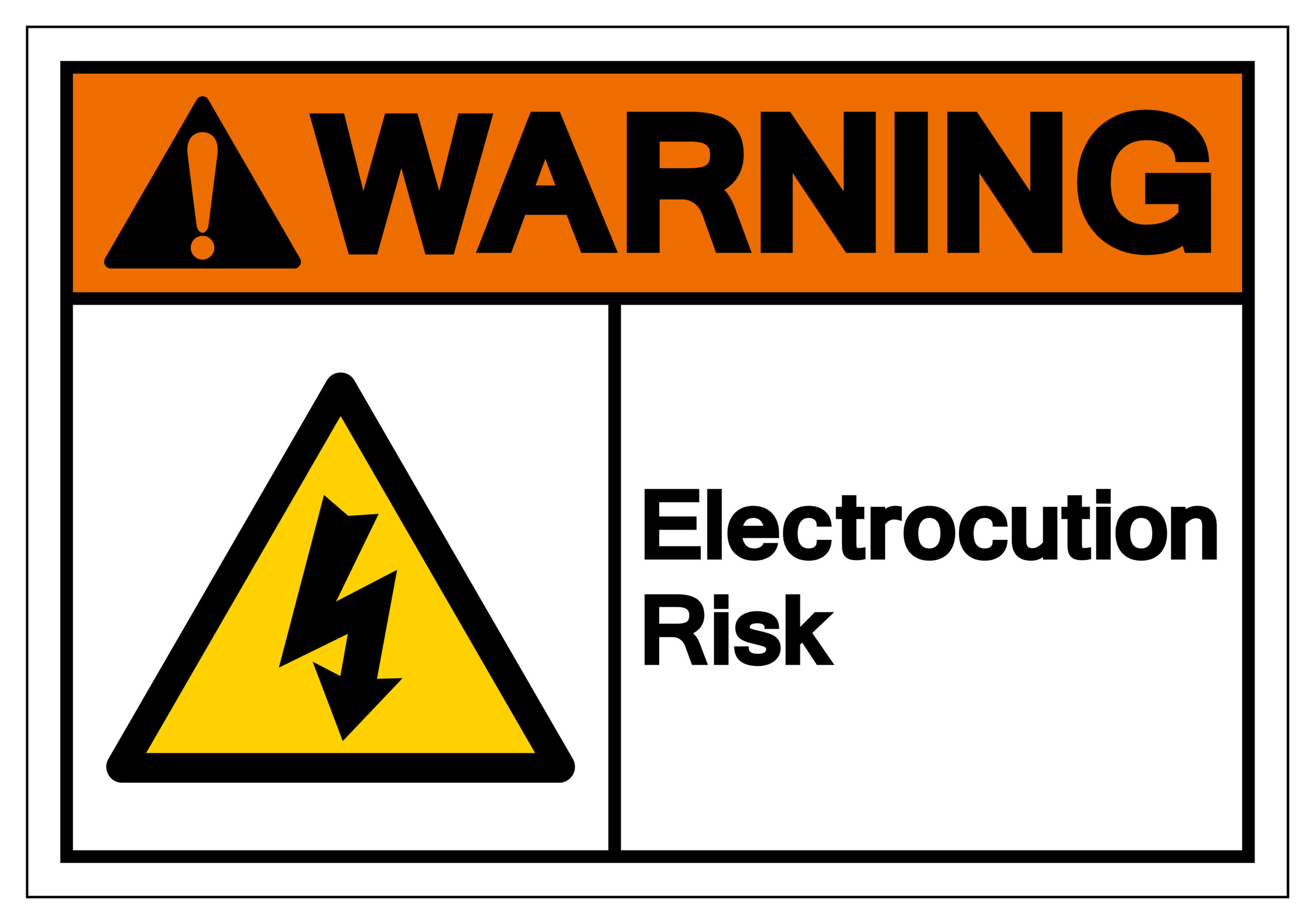Introduction
Exposure to electric shock can cause significant bodily harm due to the effects on the brain, heart, cellular membranes, and vasculature. Additionally, electric shock can cause further damage when it is converted to heat energy in body tissues. Electric exposure may be via manmade electric outlets and power lines or via lightning.

Lightning Strike
Manmade Electric Shock
Manmade electrical shock can be the cause of significant bodily harm, including death. Technically speaking, electrocution refers to fatal injury from electric shock. Non-fatal injuries are referred to as electrical shock injuries.
While household currents may cause death, this is more likely to happen with exposure to a high current power line. In the North American setting, alternating current (AC) is usually used, and this electric source may lead to muscular tetany, causing patients to be locked to the electrical source and increase exposure time. The AC frequency can also increase the chance of current flow to the heart at the relative refractory time, which is the most vulnerable period for arrhythmia generation, as it can lead to the R on T phenomena, which increases the risk for ventricular arrhythmias. Current can also lead to physical injury to the heart (i.e., bruising, burning) as well as cause cardiac failure or electromechanical dissociation.

Household currents may cause electrical shock and electrocution.
Lightning
Getting struck by lightning is a unique event that can lead to significant internal organ damage, affecting neurologic and cardiovascular damage. There can also be associated trauma due to significant muscular contractions or falling. Patients may experience long-term sequelae with neurologic compromise and chronic pain (called post-electric shock syndrome).
Managing cardiac arrest associated with these conditions requires high-quality CPR as well as management of associated trauma or burns. Due to the nature of the injury, patients may require prolonged resuscitation and significant volume replacement.
Prevalence
Approximately 300 deaths in the US in 2011 were due to electric shock injuries. Approximately 50 deaths each year are due to lightning, although many more are injuries. Additionally, electric shock injuries cause approximately 52000 trauma visits and are between 4-7% of admission to the burn unit. Many patients will have long-term chronic sequelae from these injuries.
Manmade Electric Current
In research, it appears that males are at increased risk for fatal electrocution, and these most commonly occur in leisure activities (53%) compared to the work setting (46%). Alcohol use was implicated in 20% of cases as well. Overhead powerlines are significantly associated with fatal injury and were associated with 40% of deaths. Still, electric injuries in the home are a significant cause of injury, with half of all deaths occur in this setting. Children are also at risk in the case of unsupervised exposure to electric current.
Lightning
This is the most common cause of cardiac arrest due to natural elements. Patients may be hit by the lightning directly or indirectly via side splash or flash or gathering shock waves in the air. There is a range of effects, some of which are mild, while others lead to death. Research suggests that 30% of those struck by lightning will die, while many survivors will have long-standing sequelae. With direct exposure, the lightning may pass over the body with only a small amount of current entering. In these cases, rapid resuscitation may lead to good survival outcomes. A “fern” pattern may be seen on the skin from the current that passed over. Currently, outdoor lightning strikes are most common with the majority of patients under a tree. It is most common for fatalities to occur during recreation activities outdoors with similar occurrences in rural and urban settings.

Lightning Injury Fern Pattern
Disability
Many more people have long-term disability than die from electric shock injuries, which can negatively affect the individual quality of life and have significant implications for society.
Prevention
Determining those at greatest risk for electric shock injuries as well as the settings that they occur will help determine the appropriate populations and setting to direct prevention education and policies.
Manmade Electric Shock Prevention
There have been several strategies used to prevent these injuries in the workplace. Building codes and structural techniques have been used to insulate cable and conductive wiring to decrease injuries. In the workplace, strict adherence to workplace safety codes as well as protocols for managing accidents. Additionally, circuit breakers, insulated cables, and molded integrative plugs or sockets that minimize tampering have all been useful in this regard. Residual current devices can determine current imbalance going towards and away from electrical appliances and automatically disconnect power if an imbalance is found.

Safety codes and protocols help prevent workplace injuries
Lightning Injury prevention
Since this injury is quite sporadic, individual education and precautions are necessary.
- Be aware of upcoming inclement weather when organizing outdoor activities and consider alternative plans if poor weather conditions
- Be aware that golf courses, the mountains, and other locations may be more prone to lightning strikes
- Be aware of ominous changes to the weather
- Be aware that thunder is approximately 10 miles away or less and indicates imminent weather. At this point, be in a safe shelter such as a habitable building or vehicle with closed windows.
- Wait 30 minutes until thunder and lightning occur before resuming activities.